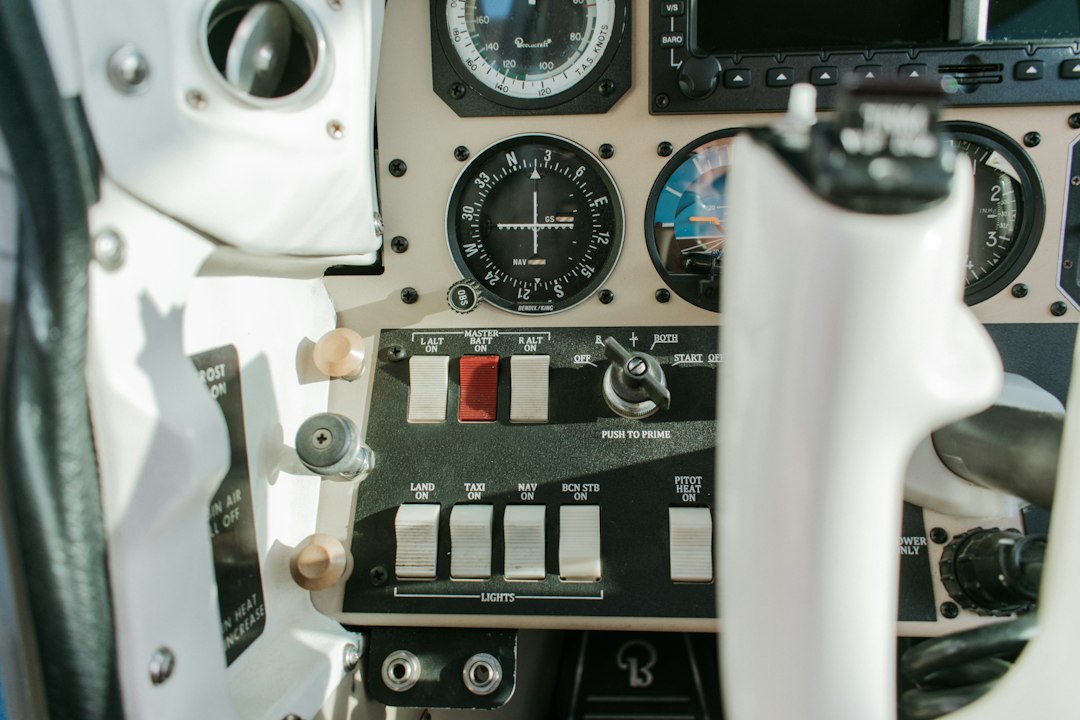Protecting Earth from Space Debris: Challenges and Solutions
In the vast expanse of outer space, there lies a hidden danger that threatens the safety of our planet – space debris. These are man-made objects, such as parts of satellites, rockets, and even old f-4 phantoms, that have been left behind in orbit around Earth. Although these objects may seem harmless floating above our heads, they pose a significant risk to our space activities and could potentially lead to catastrophic consequences if not properly managed.
The proliferation of space debris has become a growing concern for space agencies and governments around the world. With thousands of operational and non-operational satellites and rockets being launched into orbit, the amount of debris has reached an alarming level. One notable example of space debris is the f-4 Phantom, a retired military aircraft that was launched into space for experimental purposes. These debris, including the f-4 Phantom, can travel at extremely high speeds and can cause severe damage upon collision with operational satellites or space stations.
One of the key challenges in protecting Earth from space debris is detection and tracking. Due to their small size and vast number, locating and monitoring space debris poses a significant technological challenge. However, various ground-based and space-based tracking systems have been developed to detect and track these debris. These systems utilize radar and optical sensors to identify and monitor the debris, providing valuable data for collision avoidance maneuvers.
Once detected, the next challenge is devising methods to remove or mitigate the space debris. Several solutions have been proposed, ranging from active debris removal techniques to passive mitigation measures. Active debris removal involves capturing or redirecting space debris to prevent potential collisions. One approach includes deploying robotic arms or nets to capture debris and either return them to Earth’s atmosphere for them to burn up upon re-entry or safely place them in graveyard orbits. Alternatively, passive mitigation measures focus on preventing the creation of new debris by designing satellites and rockets to limit their own impact on space debris creation.
International collaboration plays a crucial role in addressing the problem of space debris. The Inter-Agency Space Debris Coordination Committee (IADC), formed by several space agencies, works towards developing guidelines and best practices for the mitigation and removal of space debris. By sharing information, technical expertise, and collaborating on research and development, space agencies can collectively enhance the safety and sustainability of space activities.
In conclusion, space debris, including iconic objects like the f-4 Phantom, pose a significant threat to our planet and space activities. Detecting, tracking, and mitigating these debris are complex challenges that require advanced technologies and international collaboration. By implementing effective measures for debris removal and promoting responsible space practices, we can ensure the long-term sustainability of space activities and safeguard Earth from the perils of space debris.

